If confirmed, this “unexpected” discovery in the Milky Way would be the first time a life-supporting planet has been found orbiting a dying sun.
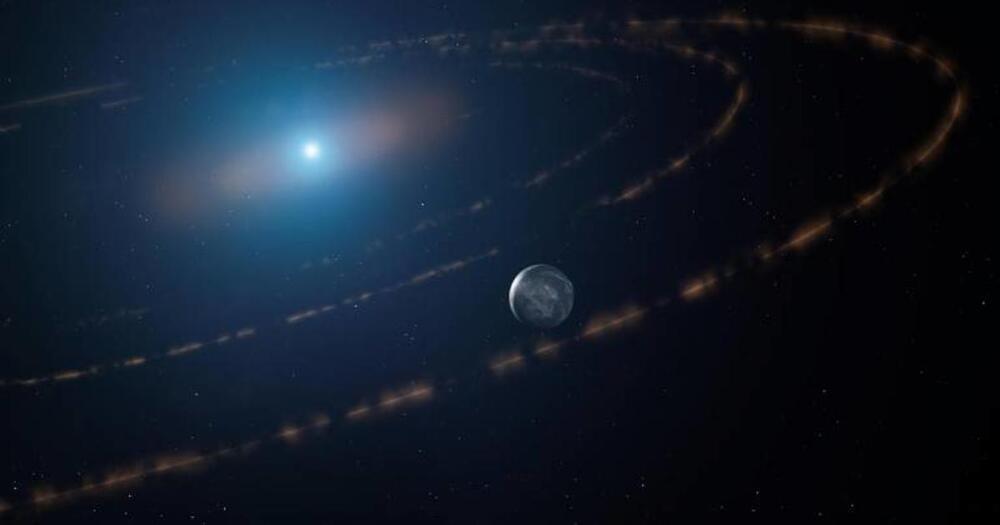

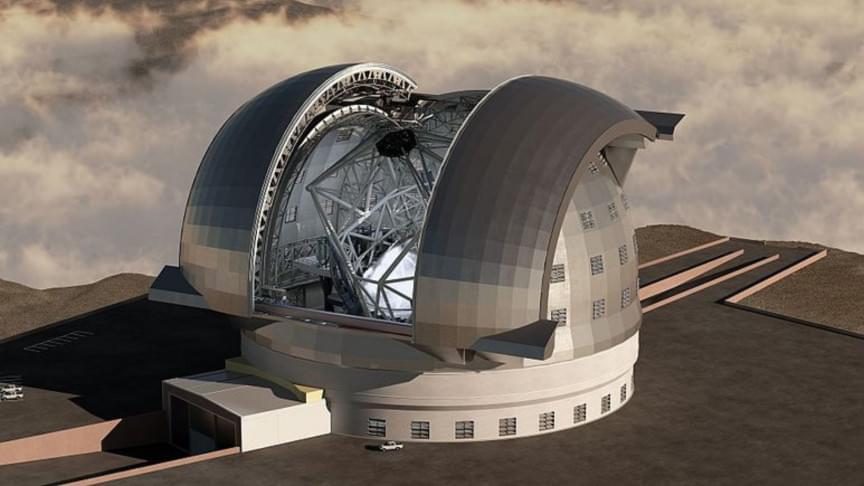

Titanium is the lifeblood of metal 3D printing. As the technology was initially driven by the aerospace and weapons sectors, it has become the metal of choice for its high strength-to-weight ratio. Now, Desktop Metal (NYSE: DM) has qualified titanium alloy Ti-6Al-4V (Ti64) for its Studio Systems 2, making it one of the first office-friendly machines capable of 3D printing with titanium. One of Desktop Metal’s first customers in the space appears to be Apple co-founder Steve Wozniak, whose new startup, Privateer Space, aims to clean up space junk.
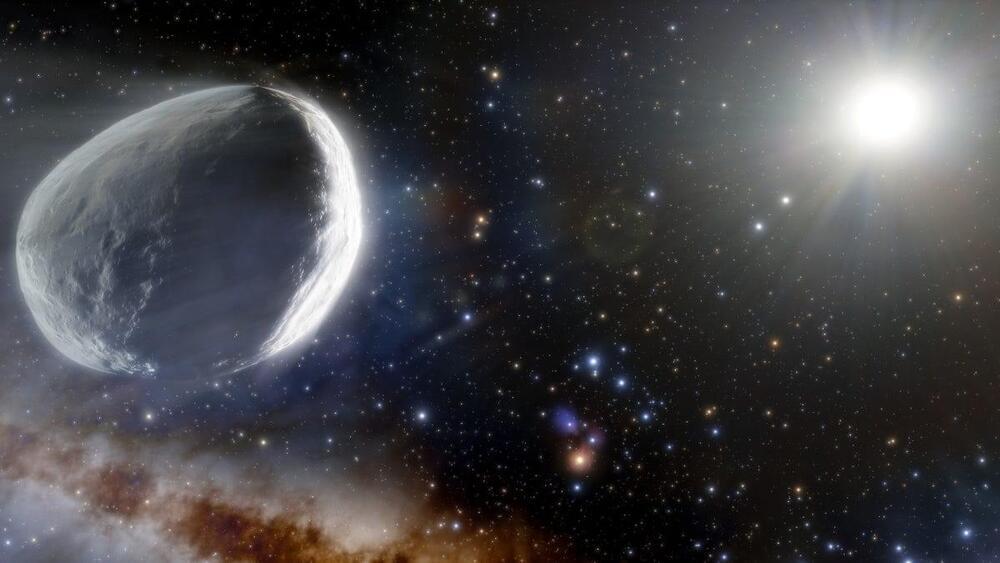
Oort Cloud comet C/2014 UN271, also known as Comet measures some 85 miles (137 km) in diameter, give or take 10.5 miles (17 km), reports a research team led by astronomer Emmanuel Lellouch of the Paris Observatory. Their new paper on the mega comet has been accepted for publication in Astronomy and Astrophysics Letters, and you can sneak a peak of the preprint at the arXiv.
These latest observations confirm that Comet is the largest Oort Cloud object ever detected, as it’s nearly twice as big as comet Hale-Bopp (observed in 1997), the nucleus of which measured between 25 and 50 miles (40 and 80 km) wide. It’s also bigger than Comet Sarabat (observed in 1729), which had a nucleus measuring somewhere around 62 miles (100 km) in diameter.
Comet is currently inbound from the Oort Cloud 0, a distant region of the solar system known for packing billions and possibly trillions of icy objects. The comet will make its closest approach to Earth in 2031, when it will come to within 11 au of the Sun (1 billion miles), in which 1 au is the average distance from Earth to the Sun. The comet, coming no closer than Saturn, won’t likely be visible to the unaided eye, but astronomers will be keeping a close watch, as it’s turning out to be a rather extraordinary object.
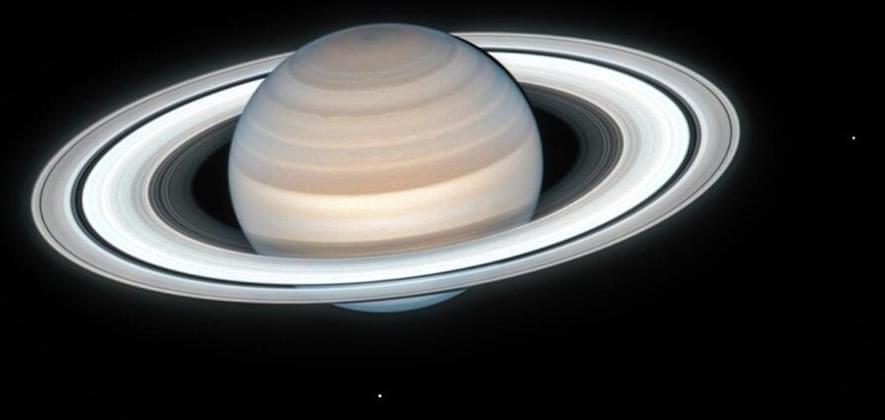
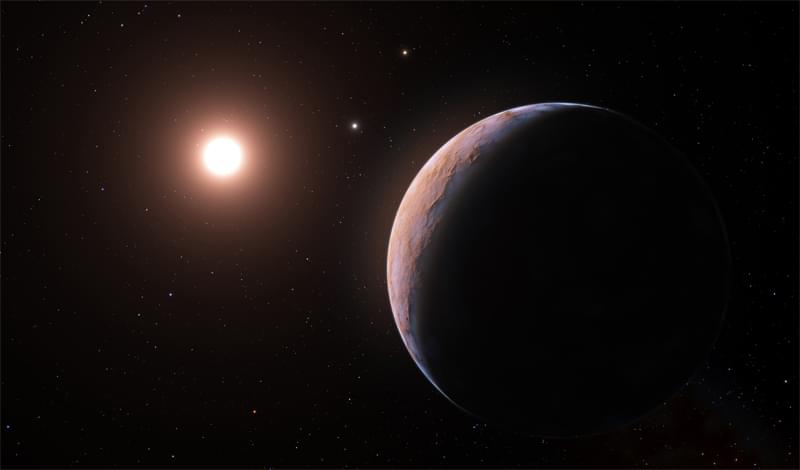
A team of astronomers using the European Southern Observatory’s Very Large Telescope (ESO’s VLT) in Chile have found evidence of another planet orbiting Proxima Centauri, the closest star to our Solar System. This candidate planet is the third detected in the system and the lightest yet discovered orbiting this star. At just a quarter of Earth’s mass, the planet is also one of the lightest exoplanets ever found.
“The discovery shows that our closest stellar neighbour seems to be packed with interesting new worlds, within reach of further study and future exploration,” said João Faria, a researcher at the Institute of Astrophysics and Space Sciences, Portugal, lead author of a study published today in Astronomy and Astrophysics. Proxima Centauri is a small, M-class star, lying just 4.2 light years away.
The newly discovered planet, named Proxima d, orbits Proxima Centauri at a distance of about four million kilometres, less than a tenth of Mercury’s distance from the Sun. It lies between the star and the habitable zone – the band where liquid water can exist at the surface of a planet – and takes just five days to complete one orbit around its star.

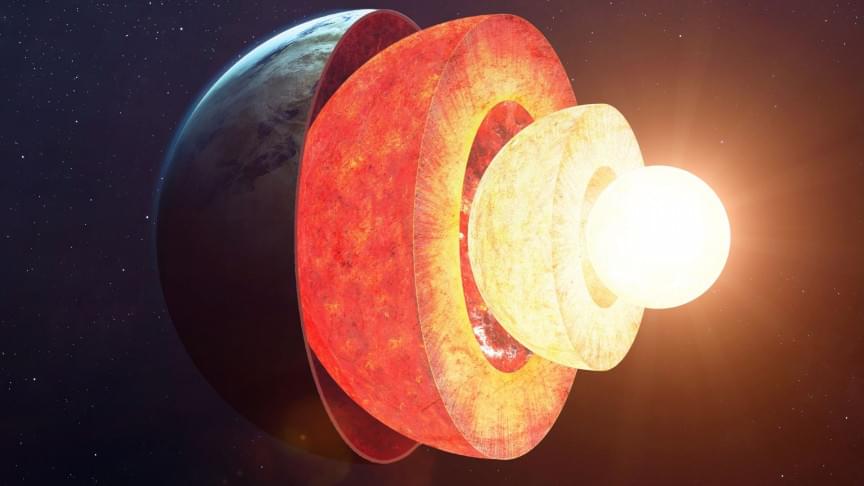
NASA’s Parker Solar Probe has taken its first visible light images of the surface of Venus from space.
Smothered in thick clouds, Venus’ surface is usually shrouded from sight. But in two recent flybys of the planet, Parker used its Wide-Field Imager, or WISPR, to image the entire nightside in wavelengths of the visible spectrum—the type of light that the human eye can see—and extending into the near-infrared.
The images, combined into a video, reveal a faint glow from the surface that shows distinctive features like continental regions, plains, and plateaus. A luminescent halo of oxygen in the atmosphere can also be seen surrounding the planet.
And it’s the only one of its kind we’ve seen.
An international group of astronomers discovered a previously unknown mechanism behind the massive aurorae on the poles of Saturn, a press statement reveals.
The researchers found that, unlike any other planet observed to date, Saturn generates aurorae by swirling winds within its own atmosphere, and not only from the magnetosphere surrounding the planet — as is the case on Earth.
The new discovery shows that Saturn has a truly unique aurora, and it is the only one known to truly live up to the name Aurora Borealis\.
An international group of researchers discovered a previously unknown mechanism behind the enormous aurorae on the poles of Saturn.